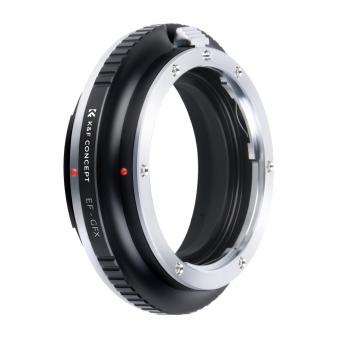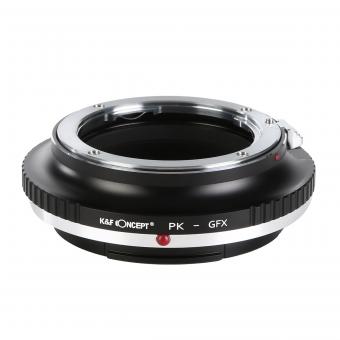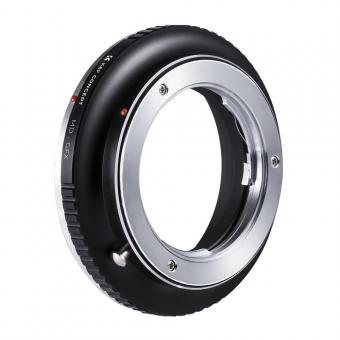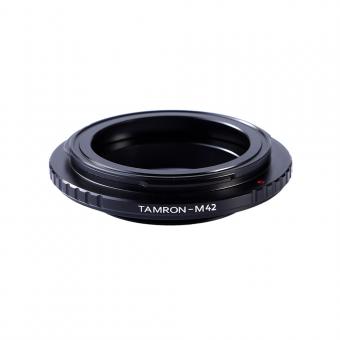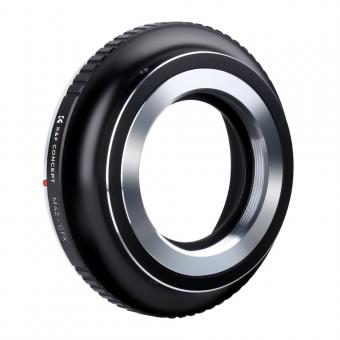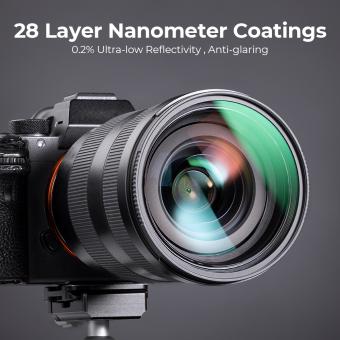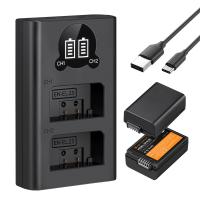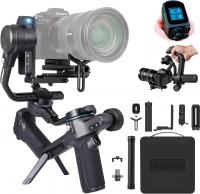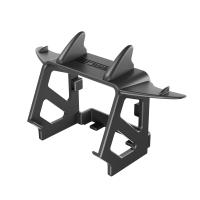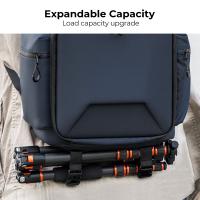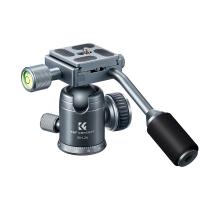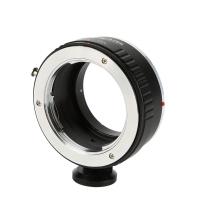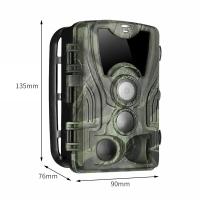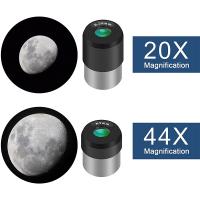How To Choose Lens Filters ?
When choosing lens filters, consider the specific needs of your photography. Factors to consider include the type of photography you do, the lighting conditions you typically shoot in, and the desired effect you want to achieve. Some common types of lens filters include UV filters, polarizing filters, neutral density filters, and color filters. UV filters are primarily used to protect the lens from scratches and dust, while polarizing filters help reduce glare and enhance color saturation. Neutral density filters are useful for controlling the amount of light entering the lens, allowing for longer exposures or wider apertures. Color filters can be used to add creative effects or correct color imbalances. It is important to choose high-quality filters that are compatible with your lens diameter and brand. Additionally, consider the budget and invest in filters that will enhance your photography without compromising image quality.
1、 Types of lens filters and their specific uses
How to choose lens filters:
1. Determine your needs: Before choosing a lens filter, consider the specific purpose you want to achieve. Are you looking to enhance colors, reduce glare, or protect your lens? Identifying your needs will help you narrow down the options.
2. Research filter types: There are various types of lens filters available, each serving a specific purpose. Some common filters include UV filters, polarizing filters, neutral density filters, and graduated filters. Research each type to understand their specific uses and effects on your images.
3. Consider filter size: Lens filters come in different sizes, so it's important to choose one that fits your lens diameter. Check the lens specifications or use a filter size guide to ensure compatibility.
4. Quality matters: Invest in high-quality filters to maintain image quality. Cheaper filters may introduce distortion or reduce sharpness. Look for reputable brands known for their optical quality.
5. Filter coatings: Consider filters with multi-coatings to minimize reflections and flare. These coatings help maintain image contrast and color accuracy.
6. Budget: Set a budget for your lens filters. While quality filters can be expensive, they are a worthwhile investment. However, if you're on a tight budget, prioritize filters based on your needs.
7. Read reviews: Before purchasing a lens filter, read reviews from other photographers. Their experiences can provide valuable insights into the filter's performance and durability.
8. Experiment: Once you have chosen a filter, experiment with different settings and shooting conditions to understand its impact on your images. This will help you make adjustments and achieve the desired results.
Remember, the latest point of view may vary depending on advancements in technology and the preferences of individual photographers. Stay updated with the latest trends and innovations in lens filters to make informed decisions.
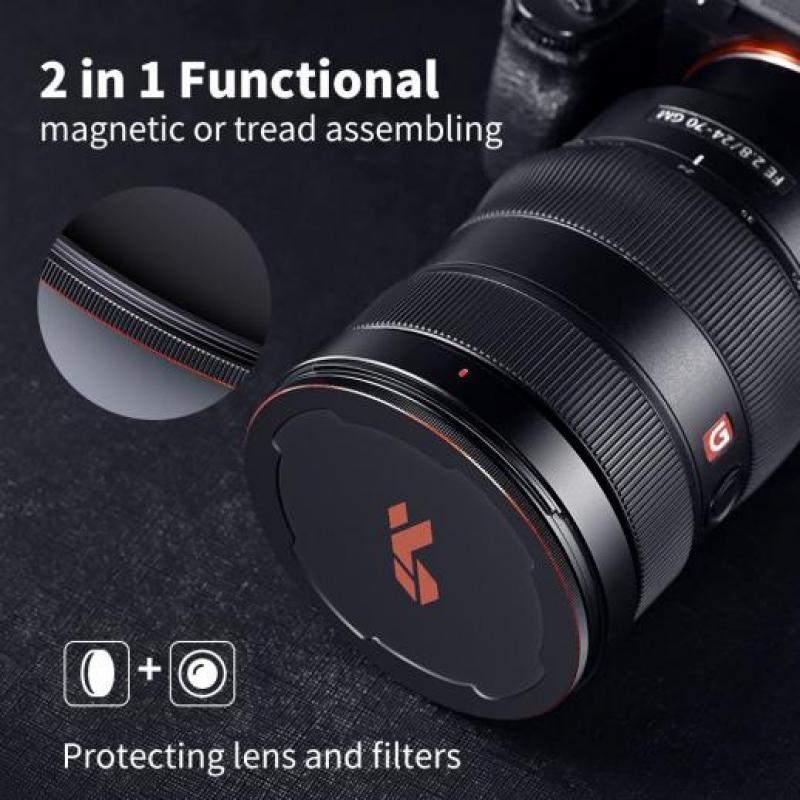
2、 Factors to consider when selecting lens filters
Factors to consider when selecting lens filters:
1. Purpose: Determine the specific purpose for which you need a filter. Are you looking to enhance colors, reduce glare, or protect your lens? Different filters serve different purposes, so it's important to identify your needs before making a decision.
2. Filter Type: There are various types of lens filters available, including UV filters, polarizing filters, neutral density filters, and color filters. Each type has its own unique characteristics and effects on the image. Research and understand the different filter types to choose the one that best suits your requirements.
3. Compatibility: Ensure that the filter you choose is compatible with your camera lens. Check the filter thread size of your lens and make sure it matches the filter size. Additionally, consider the quality of the filter and its impact on image sharpness and clarity.
4. Budget: Set a budget for your filter purchase. Filters can range in price from affordable to quite expensive, depending on the brand and quality. Consider your budget and prioritize the filters that are most essential for your photography needs.
5. Brand and Quality: Research different brands and read reviews to determine the quality of the filters. Cheaper filters may not provide the same level of image quality as higher-end options. Investing in a good quality filter can make a significant difference in the final image.
6. Latest Point of View: With advancements in technology, some photographers argue that certain filters are no longer necessary due to the availability of post-processing software. For example, color filters can be emulated using editing tools. However, other filters like polarizing filters and neutral density filters still offer unique effects that cannot be replicated in post-processing. Consider the latest opinions and trends in photography to make an informed decision.
In conclusion, when selecting lens filters, it is important to consider factors such as purpose, filter type, compatibility, budget, brand and quality, and the latest point of view in photography. By carefully evaluating these factors, you can choose the right lens filters that will enhance your photography and achieve the desired effects.

3、 Popular lens filter brands and their offerings
How to choose lens filters:
1. Determine your needs: Consider the type of photography you engage in most frequently. Different filters serve different purposes, such as UV filters for protection, polarizing filters for reducing glare, neutral density filters for long exposures, and color filters for creative effects. Identify the filters that align with your specific requirements.
2. Research filter sizes: Lens filters come in various sizes, so ensure you know the diameter of your lens thread before purchasing. Many photographers prefer filters that fit multiple lenses, which can be achieved by using step-up or step-down rings.
3. Quality matters: Invest in high-quality filters to maintain the integrity of your images. Cheap filters can degrade image quality, introduce unwanted color casts, or cause vignetting. Look for reputable brands known for their optical quality and durability.
4. Consider your budget: Lens filters can range in price from affordable to quite expensive. Set a budget that aligns with your needs and research filters within that range. Remember, quality should be prioritized over price.
Popular lens filter brands and their offerings:
1. B+W: Known for their high-quality filters, B+W offers a wide range of options, including UV, polarizing, neutral density, and color filters. Their filters are renowned for their optical clarity and durability.
2. Hoya: Hoya is another popular brand offering a variety of filters. They provide filters for different purposes, including UV, polarizing, neutral density, and special effects filters. Hoya filters are known for their excellent optical performance.
3. Tiffen: Tiffen is a well-established brand offering a comprehensive range of filters. They provide filters for various applications, including UV, polarizing, neutral density, and color filters. Tiffen filters are known for their quality construction and optical performance.
4. Lee Filters: Lee Filters is renowned for its high-quality square and rectangular filters. They offer a range of filters, including neutral density, graduated neutral density, and color filters. Lee Filters are popular among landscape photographers for their versatility and optical quality.
5. NiSi: NiSi is a relatively newer brand that has gained popularity for its high-quality filters. They offer a range of filters, including UV, polarizing, neutral density, and graduated neutral density filters. NiSi filters are known for their excellent optical performance and innovative features.
It's important to stay updated with the latest offerings from these brands, as technology and advancements in filter manufacturing continue to evolve.
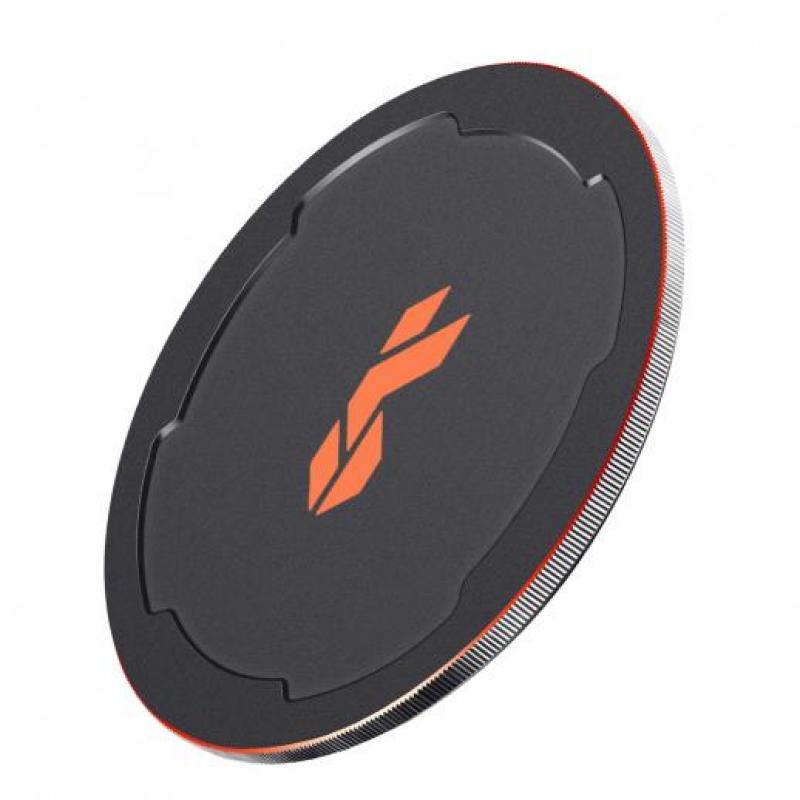
4、 Understanding filter sizes and compatibility with different lenses
Understanding filter sizes and compatibility with different lenses is essential when choosing lens filters for your photography needs. Here are some key points to consider:
1. Filter Thread Size: Each lens has a specific filter thread size, usually indicated by a diameter measurement in millimeters (e.g., 52mm, 77mm). To choose the right filter, ensure that its thread size matches your lens. Some lenses may have different thread sizes, so it's important to check each lens individually.
2. Filter Type: There are various types of lens filters available, such as UV filters, polarizing filters, neutral density filters, and color filters. Determine the purpose of your photography and select the appropriate filter type accordingly. For example, a UV filter can protect your lens from scratches and reduce haze, while a polarizing filter can enhance colors and reduce reflections.
3. Quality and Brand: Invest in high-quality filters from reputable brands to ensure optimal image quality. Cheaper filters may introduce unwanted artifacts or reduce image sharpness. Research and read reviews to find filters that offer good optical performance and durability.
4. Filter Stackability: Some lenses may have protruding front elements or rotating barrels, making it difficult to stack multiple filters. Consider the compatibility of your lens with stacking filters if you anticipate using multiple filters simultaneously.
5. Filter System: Alternatively, you can opt for a filter system that uses a filter holder and square/rectangular filters. This system allows for more flexibility and easier filter swapping between lenses with different thread sizes.
It's important to stay updated with the latest advancements in lens technology and filter options. New filter types and sizes may be introduced, so keeping an eye on industry developments can help you make informed choices.







